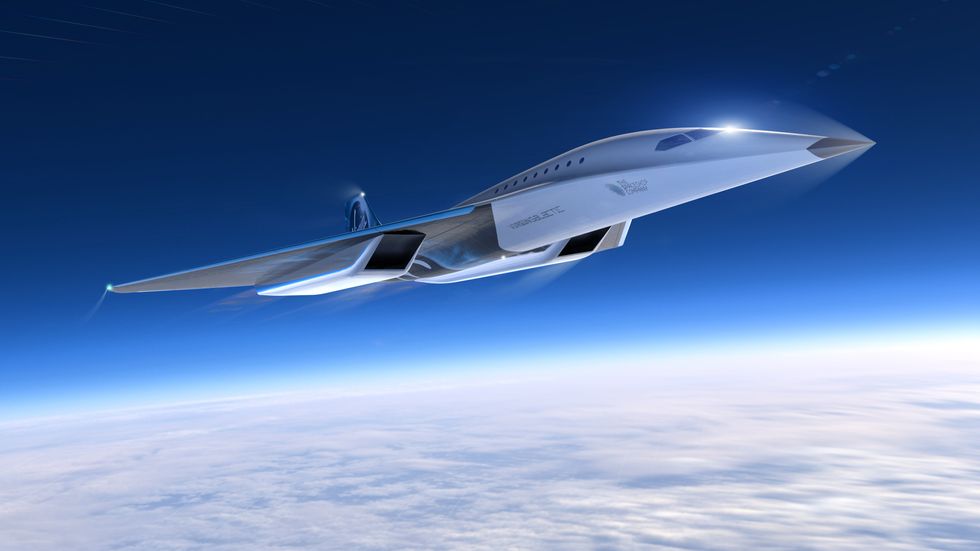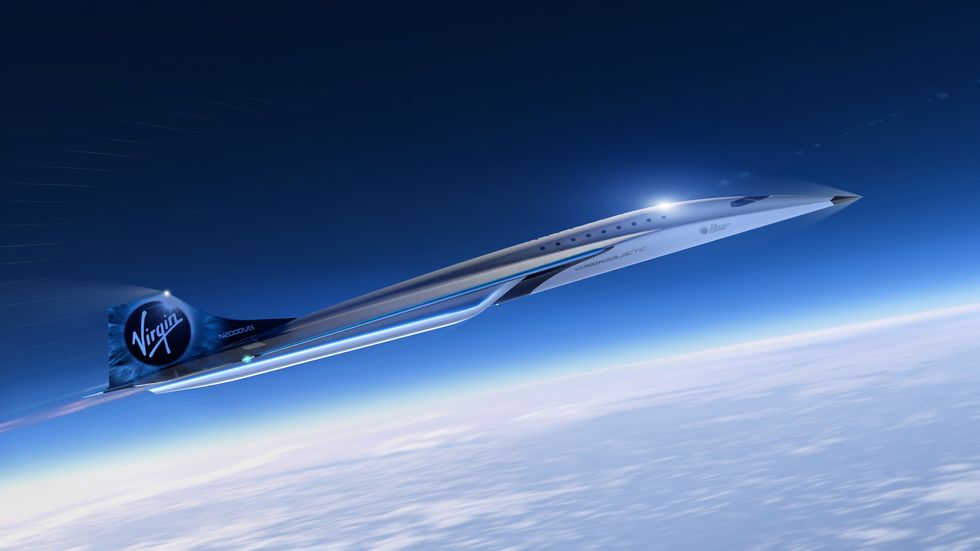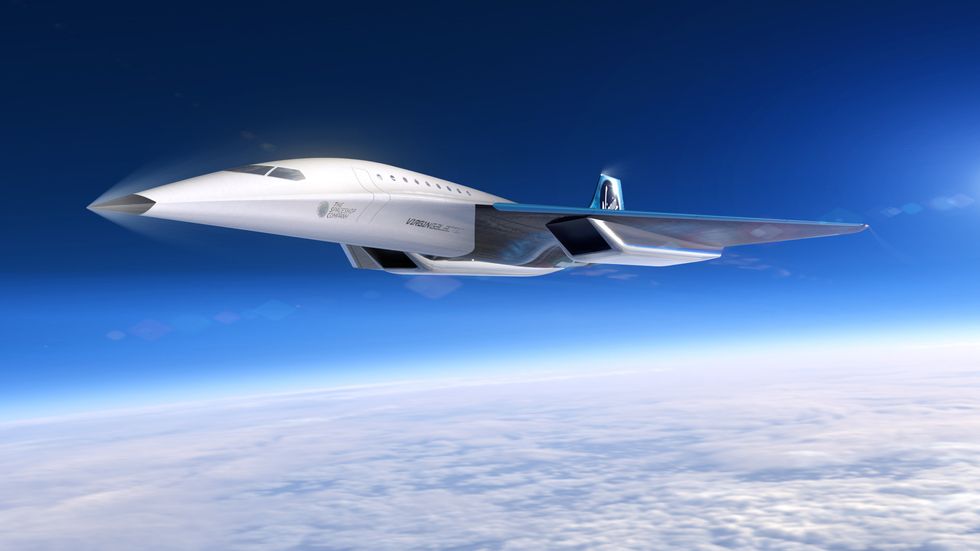Virgin's operations were grounded Sept. 2 following its July 11 launch of the SpaceShipTwo, the flight that took its founder Branson and five other civilian astronauts into space. While the craft was descending, it failed to properly communicate with the FAA as it changed course, which swiftly prompted the organization to temporarily shut down Virgin's operations until it could figure out what went wrong.
"The investigation found the Virgin Galactic SpaceShipTwo vehicle deviated from its assigned airspace on its descent from space," the FAA said. The federal air and space regulator also said it found "Virgin Galactic failed to communicate the deviation to the FAA as required."
The space tourism company said it accepted several suggestions from the FAA to ensure future flights are up to code -- including updating calculations to widen the range of protected airspace in future launches to give itself a wide berth. The company said this will alleviate any issues with going out of its designated airspace while returning from space, a key step towards avoiding collisions.
Virgin Galactic's shares jumped more than 10% in after-hours trading following the FAA's announcement. At market close the stock was down 3.5%.
While nothing crashed during the July 11 launch, that was one of the FAA's main concerns when Virgin deviated from its flight path. The New Yorker first reported that a warning light went off in the Virgin Galactic craft during the July launch, warning passengers it was traveling a dangerously shallow flight path, which prompted the change in course.
Unlike its competitors including Elon Musk's SpaceX or Jeff Bezos' Blue Origin, Virgin Galactic opts to have a human crew operate every one of its test flights instead of automating them, which makes precision even more important. After all, it's costly to lose a rocket but the technology can be rebuilt -- if a human dies in the process of a Virgin Galactic launch, that's a loss impossible to recoup.
"Under its license, Virgin Galactic is responsible for ensuring the safe conduct of its launch," the FAA said. "This includes having a robust safety organization with processes and procedures that immediately call attention to potential safety issues."
Virgin said it will also work to provide real-time mission updates to FAA's Air Traffic Control.
Virgin Galactic CEO Michael Colglazier said in a statement Wednesday, "we appreciate the FAA's thorough review of this inquiry. Our test flight program is specifically designed to continually improve our processes and procedures."
Colglazier continued, "the updates to our airspace and real-time mission notification protocols will strengthen our preparations as we move closer to the commercial launch of our spaceflight experience."
- Bezos, Branson and the billionaire space race: What to watch when ... ›
- Virgin Galactic's Offers First Look at its Supersonic Airplane Concept ... ›
- Virgin Galactic Correction is Overdue, Warns Morgan Stanley - dot.LA ›
- Virgin Galactic's Space Flights Grounded Amid Investigation - dot.LA ›


 Mach 3 Aircraft Design Courtesy of Virgin Galactic
Mach 3 Aircraft Design Courtesy of Virgin Galactic  Mach 3 Aircraft Design Courtesy of Virgin Galactic
Mach 3 Aircraft Design Courtesy of Virgin Galactic  Mach 3 Aircraft Design for High Speed TravelCourtesy of Virgin Galactic
Mach 3 Aircraft Design for High Speed TravelCourtesy of Virgin Galactic